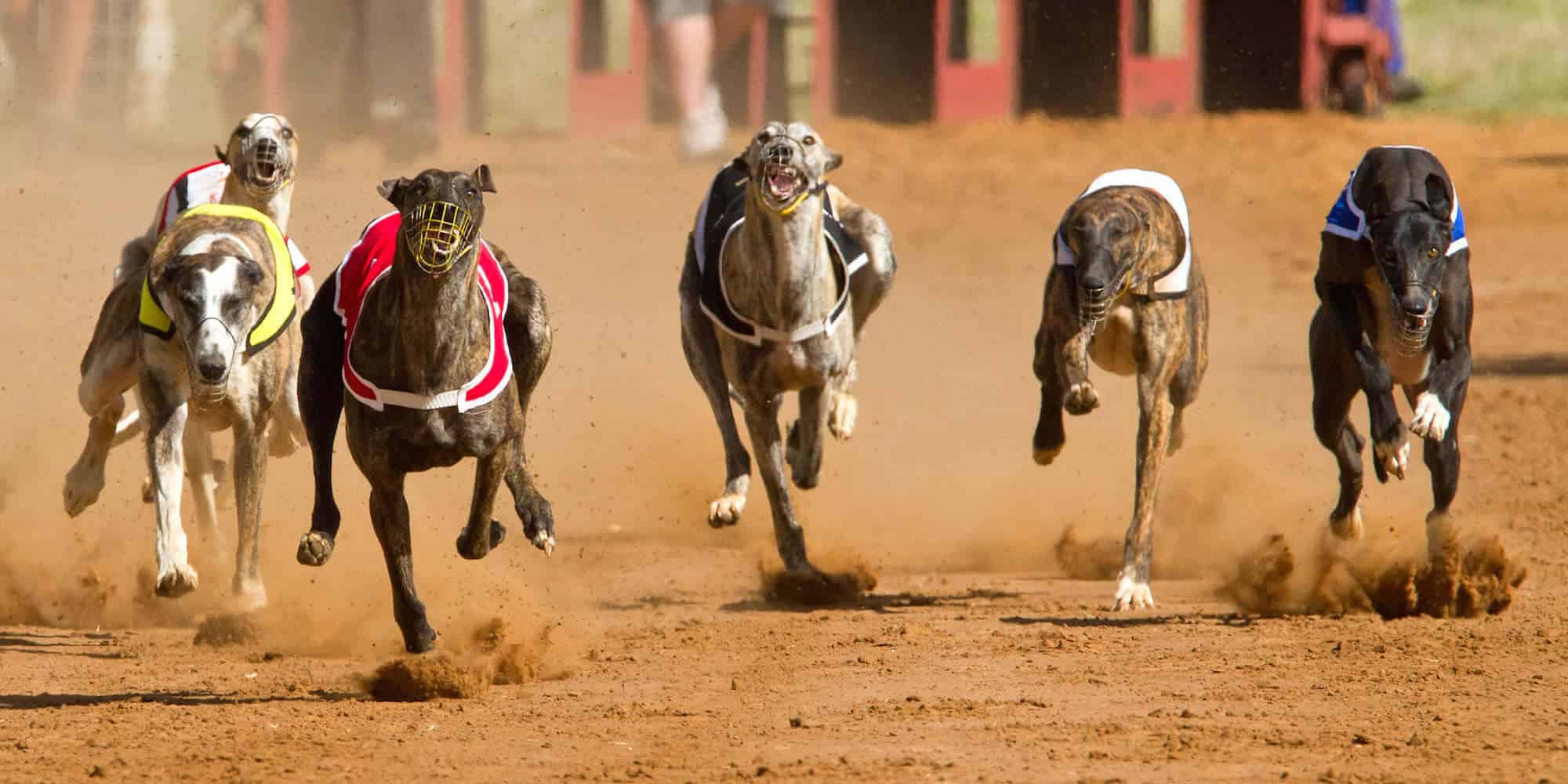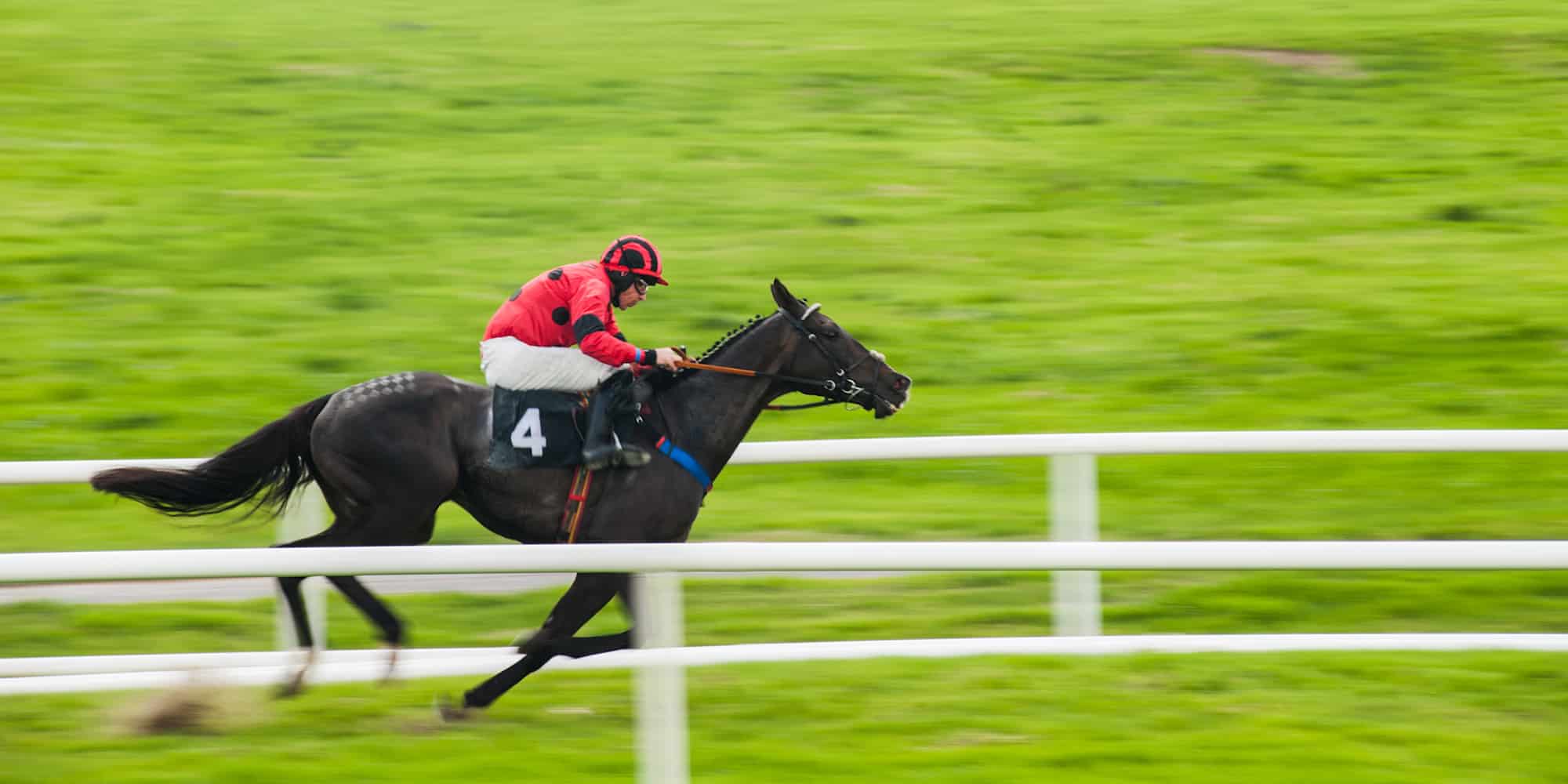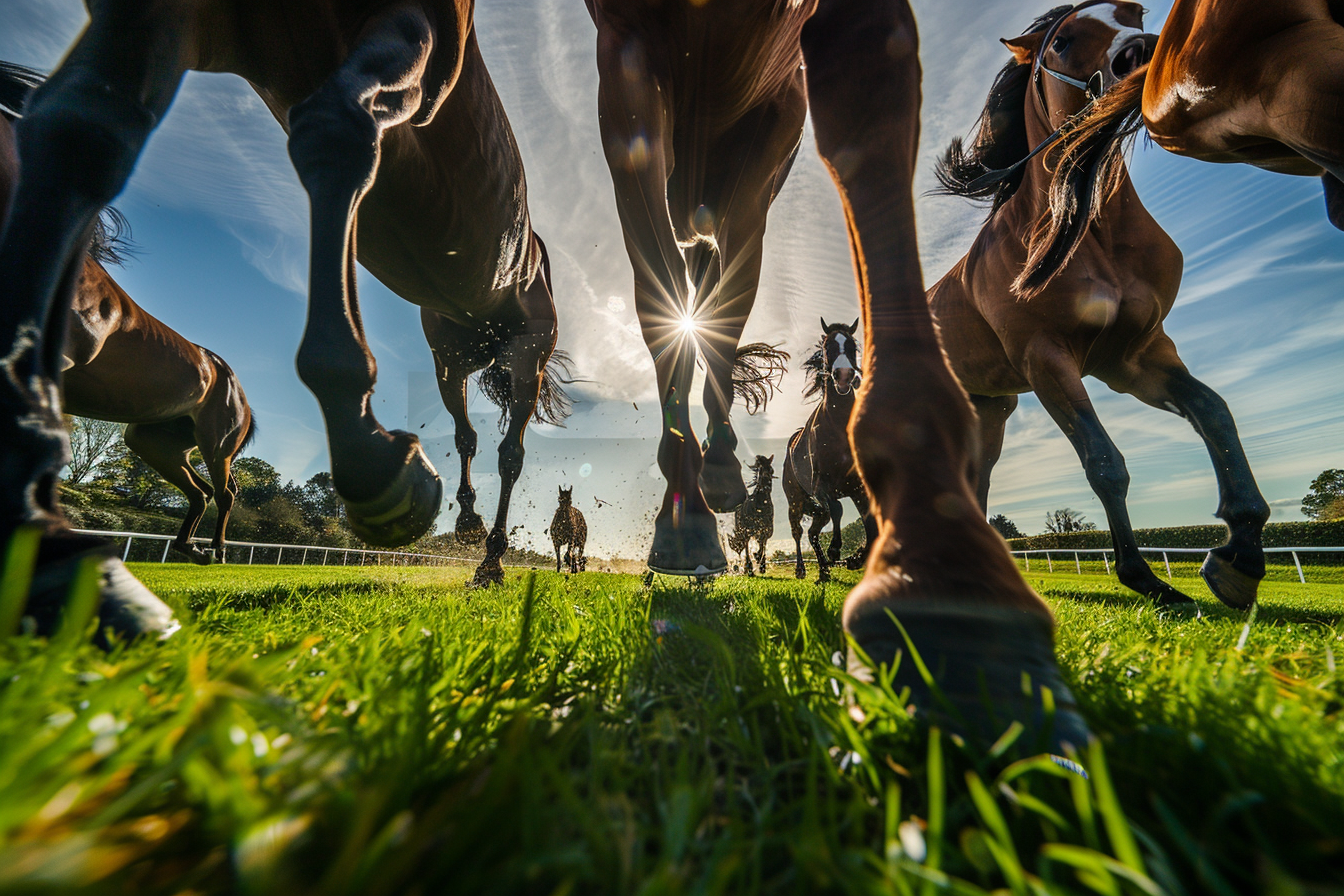Cork Racecourse is a horse racing facility at Mallow in Cork County, Ireland. It is located along Blackwater’s banks, just outside Mallow in the south of Ireland. Like most racecourses in Ireland, the racecourse is home to flat and National Hunt racing.
This article offers an insight into the history and physical attributes and a glimpse of the racing calendar of Cork Racecourse.
Cork Racecourse History
Cork Racecourse, known initially as Mallow Racecourse, opened in 1924. However, the history of steeplechase racing in the region can be traced back to 1752, when two huntsmen from Cork, Cornelius O’ Callaghan, and Edmund Blake, made a bet and raced against each other between St. Mary’s church in Doneraile and St. John’s church in Buttevant.
While there is no record of who won the race, this race paved the way for steeplechase racing in the region, but it was not recognised in an official capacity until 1830. In the 1770s, races were organised over a period of six days under the King’s Plate Articles Patronage.
The Cork Park opened in the 1860s, and in the following years, it became a popular horse racing venue drawing huge crowds who wagered money on their favourite horse to win. Racing experienced a significant boost as the park received major investment via sponsorships and donations. However, in the early 20th century, there was a significant decline, and by 1911, the racecourse only hosted three race meetings, while the amount of prize money also decreased.
The Cork Park closed in 1917, and the venue became the site for the Ford Factory. However, the need for a horse racing venue continued to grow, and racing was revived when Cork Racecourse was established just outside Mallow in 1924, where the course exists today. Although the course was not very close to the city, its popularity continued to grow, and more facilities were added over time.
On the 250th anniversary of the first steeplechase racing in 2002, a bronze monument was erected to commemorate the two jockeys, Cornelius O’ Callaghan and Edmund Blake, who ran the first steeplechase race in the region.
Need Help Beating the Bookies?
Our expert betting tipsters have been taking cash off the bookies since 2014! If you need a helping hand with winning then why not check them out?
Browse Our Tipsters
Corner Betting King
Miguel Proves that Money can be Made on Niche Markets with his Corner Betting Service
Visit PROFILE
Premier Greyhound Tips
Michael is Our Dedicated Greyhound Racing Tipster (with Results Dating Back to 2014!)
Visit PROFILECork Racecourse Facilities
Cork Racecourse is located around 35 km north of Mallow on the banks of Blackwater. The venue features two racetracks, one for flat races and the other for National Hunt races.
The flat racing track is right-handed and oval-shaped, with an inner circuit of 10 furlongs and an outer circuit of 12 furlongs. A 2-furlong long chute enables races of 5 or 6 furlongs to be held on the straight course.
The National Hunt track is oval with a chase circuit of 1.5 miles and two hurdle circuits, while the inner circuit is around 1 ¼ miles. The course has eight fences, out of which three fences are in the home straight.
Besides the racetracks, the racecourse features two grandstands, a playground for the children, a fast food restaurant, a fine dining restaurant, a coffee shop, a public bar, an owners’ trainees and members bar, private suites, and a corporate floor.
Cork Racecourse Race Calendar
Cork Racecourse typically features 18 race meetings a year, including flat and National Hunt races. There are six graded National Hunt races and two flat-group races. The most notable event of the Cork Racecourse is the three-day Easter festival, which was introduced in 2010.
The most prominent steeplechase race held at Cork is the Hilly Way Chase. It is a grade 2 National Hunt Race held in December each year. The race has a distance of 2 miles and half furlongs. It was first held in 2001 as a grade 3 race and was later upgraded to grade 2.
Another notable race is the Cork Grand National Handicap Chase. It is a grade 3 race with a distance of 3 miles and 4 furlongs.
The two major flat horse races at Cork include the Group 3 Munster Oaks race that is held in June. The race has a distance of 1 mile and 4 furlongs and is reserved for horses aged three and above. The other group 3 race is the Give Thanks Stakes, held in August annually. It runs over the same distance as the Munster Oaks and is reserved for runners aged three and above.
How To Get To Cork Racecourse
Nestled in the heart of Irish horse racing tradition, Cork Racecourse offers a blend of thrill and heritage, making it a must-visit for enthusiasts of the sport. Located just outside the bustling city of Cork, the racecourse is a central hub for Cork races, attracting visitors from all corners of Ireland and beyond.
Getting to Cork Racecourse is straightforward, whether you’re travelling by car, train, or bus, ensuring that your journey to the heart of Cork horse racing is as smooth as possible. If you’re driving, the racecourse is conveniently situated on the Mallow Road, with clear signposting to guide you from major routes. Free parking is available on-site, allowing you to enjoy the day’s events without the worry of finding a spot.
For those preferring public transport, the racecourse is well catered for. The Mallow train station serves as a gateway for visitors, with regular services from Cork city and other major Irish cities. From Mallow station, a short taxi ride or a seasonal shuttle bus during race meetings will bring you directly to the gates of your Cork horse racing adventure.
The local bus services also provide routes that include stops near the racecourse, making it accessible for everyone to partake in the excitement of the Cork races. Additionally, for international visitors, Cork Airport is just a short drive away, offering easy access to this premier racing venue.
Whether you’re a seasoned punter or a newcomer eager to dive into the rich tapestry of Irish horse racing, Cork Racecourse beckons with the promise of high-quality racing, exceptional facilities, and an atmosphere that’s hard to beat. Plan your visit today and immerse yourself in the exhilarating world of Cork horse racing.




